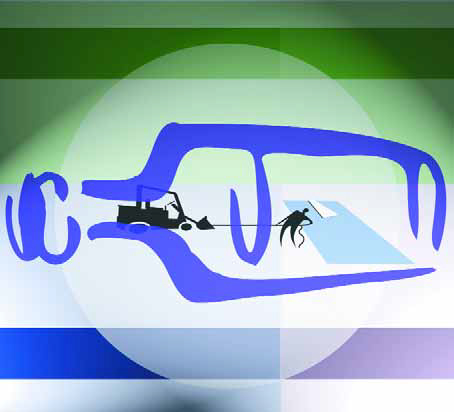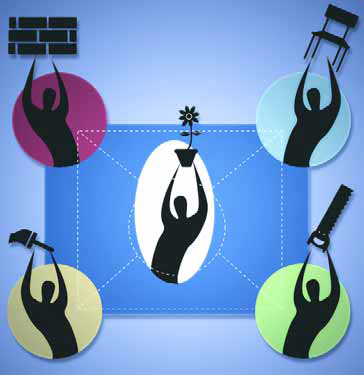ARTICLES
Advance Search
Aquatic Health
Aquatic Health, Fitness & Safety
Around the Internet
Aquatic Culture
Aquatic Technology
Artful Endeavors
Celebrity Corner
Life Aquatic
Must-See Watershapes
People with Cameras
Watershapes in the Headlines
Art/Architectural History
Book & Media Reviews
Commentaries, Interviews & Profiles
Concrete Science
Environment
Fountains
Geotechnical
Join the Dialogue
Landscape, Plants, Hardscape & Decks
Lighter Side
Ripples
Test Your Knowledge
The Aquatic Quiz
Other Waterfeatures (from birdbaths to lakes)
Outdoor Living, Fire Features, Amenities & Lighting
Plants
Ponds, Streams & Waterfalls
Pools & Spas
Professional Watershaping
Structures (Editor's Notes)
Travelogues & History
Water Chemistry
WaterShapes TV
WaterShapes World Blog
Web Links
Around the Internet
Aquatic Culture
Aquatic Technology
Artful Endeavors
Celebrity Corner
Life Aquatic
Must-See Watershapes
People with Cameras
Watershapes in the Headlines
Sometimes, it's the unexpected that gives a place its true spirit. That's been very much the case for The First Church of Christ, Scientist, a 1975 addition to Boston's historic Back Bay district. The site features a campus plan devised by legendary architects I.M. Pei and Peter Walker, with grounds organized around a central reflecting pool flanked by a circular, ceremonial display fountain. The famed fountain is enclosed by an equally famous bosque of linden trees pleached into lollipop forms. For Bostonians and visitors alike, this classic design has become part of the urban fabric - and the church's plaza a popular gathering place. Not long after the original work was completed, children from surrounding neighborhoods (the South End, Fenway and the Back Bay) discovered the wonderful play opportunities associated with the 180-nozzle deck-level fountain, especially during the hot summer months. Since 1975, literally thousands of kids with their families in tow have made this space their summer hangout, and now second-generation children are being brought to the fountain by parents who grew up playing in its irresistible jets of water. From the start, however, there was a problem with
I have a confession to make: I've never really been much interested in art. That may seem surprising coming from someone who has a degree in landscape architecture and has dedicated a career to design. Fact is, I was never exposed to different types of art or to art history in any serious way: My high school didn't offer it, my family wasn't big on it and my landscape-architecture curriculum didn't require it. This never really bothered me, and the fact that nobody seemed to care
Most people who know me will tell you just how independent I am. Some, in fact, will say that I'm too independent for my own good. When it comes to business, however, I know that being a soloist carries me only so far: Rather, it's the relationships I've established and maintained within the business community that have taken me beyond the independent realm and helped me achieve the success I was looking for when I started my business. As a designer, I work
I don't know if it's because I work in the pool and spa industry or if this is common to other fields, but I know a great many people who run businesses who are ill-prepared to do so. Architects and landscape architects might have taken some classes that introduced them to basic business principles, but their counterparts in the pool and spa trades are far less likely to have taken such classes and tend to run things by the seat of their pants. In my case, I've learned what I know about business through seminars and business-oriented reading. I've made
I envy landscape architects and designers and your involvement in the design of everything from small, intimate residential spaces to sweeping acreage intended for public use. This creation of "exterior spaces for human occupation," as some have called it, is a
Water can be a central feature of any design, but in many cases it is just one element among many of equal (if not greater) importance. In the case of the project pictured here, the owners, a gentle and loving family, established and have maintained a vision of just the sort of warm and nurturing home and landscape they wanted, one in which the lives of family members and friends would be sustained, enriched and enlivened. Their vision (and their involvement with us) might have begun with the water, but it has since expanded to include
In conceptual terms, watershape filtration is about as simple as it gets: Water that picks up insoluble organic materials in the form of dirt, debris, dust and algae is drawn by the pump to pass through a filter medium of one type or another. The medium - whether sand, a cartridge or diatomaceous earth - traps these materials and lets only clear, clean water back into the vessel. When the pump sends the cleaned water out of the filter, that water returns to the pool to dilute the dirty water in a continuous cycle of cleansing and dilution that ultimately results - when the system is set up the right way - in clear, clean water that's both aesthetically pleasing and safe. Sand, cartridge and diatomaceous earth filters have long dominated the market, and each requires a filter tank with internal components specific to the filter medium it uses. There are common components (as discussed at the end of this article), but it's important for the watershaper to
Transforming a tired, old swimming pool into an inviting naturalistic environment is always a challenge, but when the client is Playboy's Hugh Hefner, the project becomes an adventure as well. The original lagoon pool at Playboy Mansion West in Los Angeles, Calif., is still in great shape as a result of outstanding design, construction and maintenance. In expanding the property to include the estate across the street, the plan was to create a "luxury annex" for the main compound. Among the extensive renovations undertaken at the new property was the complete renovation of the backyard and its swimming pool. As was the case with the famed pool and grotto, the concept was to






















